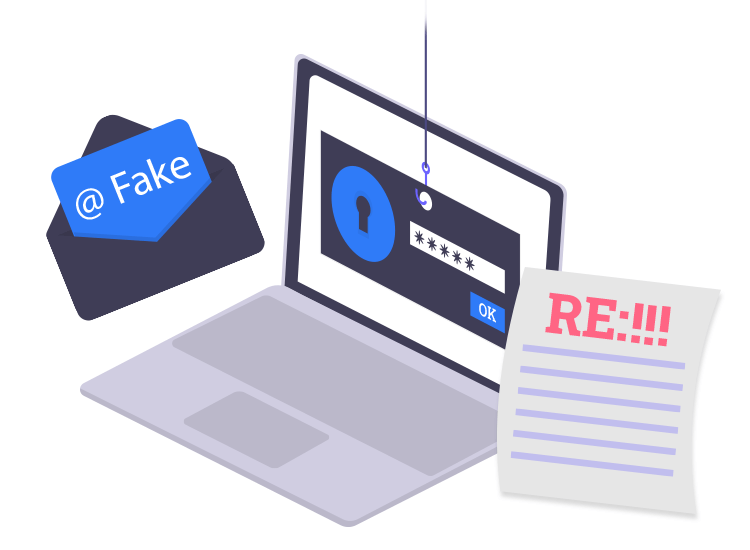
Clone Phishing belongs to the family Phishing attacks where hackers alter a legitimate email coming from an official source and create a replica of it. During this process, they also embed it with malicious links and attachments redirecting you to third-party websites.
Users find phishing email annoying and scary but on the other hand for cybercriminals, it is a potential opportunity. Clone Phishing attacks are carried out in massive numbers with hackers looking for users who access the email. Once a user falls prey to this malicious activity, hackers then users the victim’s mailbox to send similar emails to all its contacts.
As per the recent facts and figures, there has been a massive increase in the number of clone phishing attacks in the recent past. It is believed the number has reached up to 73.80 % from October 2017 to March 2018.
Common Characteristics of Clone Phishing
Here are some of the underlying features of clone phishing.
A clone phishing email is an infected email that seems to have come from a legitimate source like government institutions, banks, or well-known organizations.
The original attachment of the email is replaced by an infected link or attachment which redirects users to unknown and suspicious websites.
The spoofed email will also force users to reply and are designed to create a sense of urgency in the users mind, some common examples are:
- You, Credit Card, expires of 14-11-2020, to enjoy continued services reply on xxxupdate.com
- Here’s your 9invite to the Gala Night.
- Click here to scratch your discount coupon.
- Virus warning messages.
In What Circumstances Can Clone Phishing Turn Out To Be Dangerous?
Since the underlying working methodology involves using a legitimate-looking email, it becomes highly difficult to check its authenticity. We usually take no time in opening an email that comes from a known source and falls for this lethal activity. But don’t worry we have got you covered, here are few simple methods that will help you identify a clone phishing email.
How To Prevent Clone Phishing | Simple Identifications.
Here are a few simple yet effective measures that will help you identify a clone phishing email and will keep you protected from harmful digital threats.
- Before opening any email, properly check the source of the email.
- Before you open the email, hover on the embedded links to check their legitimacy.
- If you feel that there is something wrong, you can also follow up with the original sender of the email.
- Never trust the websites with HTTP URL, only HTTPS URLs can be trusted.
- Look out for any spelling mistakes, grammatical errors, mismatches between the original message and the displayed URLs. In addition to this also check for subject lines and signatures.
- In addition to this, you should also be aware of the basic security measures and prescribed email etiquette to be followed in daily routine.
- If you find anything suspicious, report it immediately to an Anti-Phishing organization.

